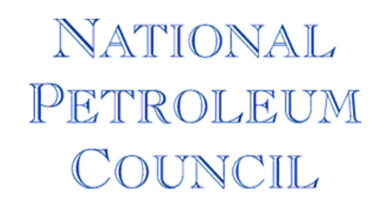Caterpillar eases Tier 4 transition with 3512E engine
By Kelli Ainsworth, Editorial Coordinator

By the end of 2017, drilling contractors will need to have transitioned to engines compliant with the US Environmental Protection Agency’s (EPA) Tier 4 standards for non-road diesel engines. The EPA’s flexibility provisions had allowed onshore drillers and OEMs in North America to continue using Tier 2 engines, but the flexibility period will end next year. In anticipation of the required transition, Caterpillar Oil and Gas has been designing, building and testing the 3512E engine for land rigs. Speaking on 31 August at the 2016 IADC Asset Integrity and Reliability Conference in Houston, Darin Bohlmann, Land Drilling Segment Manager for Caterpillar, said the new engine was designed to be similar to the 3512C engine, which is currently in use on land rigs, to make for a seamless transition. “From the standpoint of operation, it looks and feels like a Tier 2 engine,” he said. However, the 3512E has additional capabilities, such as more load sharing, that improve fuel efficiency and engine run time.
The EPA’s tiered emissions standards limit the oxides of nitrogen (NOx), particulate matter (PM) and hydrocarbons and carbon monoxide content in diesel emissions. Flexibility provisions had allowed onshore drillers and OEMs in North America to continue using Tier 2 engines, but the flexibility period will end by the end of next year. Potential emissions reductions once the transition is complete are significant. “If we replace the engines on 1,000 land rigs, that would reduce the NOx and PM tons of emissions per year by 55,000 tons,” Mr Bohlmann estimated.
To help reduce NOx emissions, Caterpillar opted to use exhaust gas recirculation technologies in the 3512E engine. Hydrocarbon and carbon monoxide emissions are reduced through the use of a diesel oxidation catalyst. The engine also features a high-pressure fuel pump designed to finely atomize the fuel in the cylinder during combustion in order to reduce PM emissions.
During the development of the new engine, Caterpillar focused heavily on its cooling system to offset higher heat rejection associated with the engine’s NOx reduction system. The engine features a two-stage aftercooler. “Last summer in Oklahoma and West Texas, the engines went through a cooling audit to make sure that these systems can keep up in the high ambient conditions where they operate,” Mr Bohlmann said.
The new engine also has shown improved field efficiency and some maintenance benefits. The engines come standard with an ENCP 4.4 control panel, which is easily integrated with existing drilling control systems, Mr Bohlmann said. The control panel also allows greater levels of load sharing, he added. The communication between the control pads and the generators allows contractors to automate the engines to start or stop depending on the rig’s operating demands. Because of this feature, Mr Bohlmann said, “We’ve seen a 10% improvement in efficiency and 19% reduction in overall engine run time.”
From a maintenance standpoint, the engine is very similar to its predecessor, which will ease the transition from Tier 2 engines to Tier 4 engines, he added. “You’re going to see very few differences in terms of filter changes and oil changes.” However, new features could make maintaining the engine easier. For instance, the engines are equipped with a remote monitoring technology to help prevent unplanned maintenance.
So far, the new engines have logged 12,000 hours on active drilling rigs and more than 78,000 hours in well servicing pressure-pumping engines.
While replacing a major rig component like engines across an entire fleet may not be an appealing prospect to contractors in a down market, Mr Bohlmann said, it’s critical that contractors tackle Tier 4 transition in a timely manner. “Now is a tough time to be thinking about these kinds of things, but you really just want to understand what your inventory looks like and what kind of deadlines you have as the end of next year approaches.”




